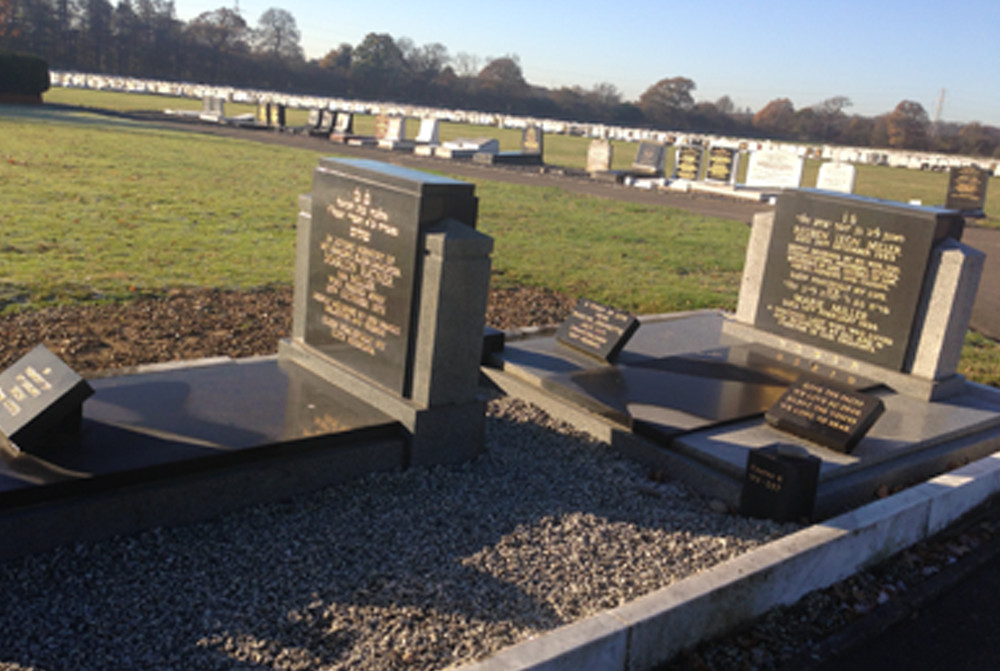jewish burial customs stones
Jewish tradition makes no stipulation as to the size or type of marker or monument but most cemeteries have specific guidelines. Covering the casket with Earth dirt.

Why Jews Put Stones On Graves My Jewish Learning
In this practice one participates in the mitzvah of burial by participating in the practice.
. Rabbinic Theology in John 11. Stones on Graves It is a Jewish custom for those mourning to to place a single stone on top of the grave of a friend or loved one. A kokh singular was a long narrow recess cut into a rock tomb in which a body coffin or ossuary bone box could be laid.
The visitor positions the stone on the grave using his or her left hand. There are a few reasons behind this way of thinking. Upon the conclusion of the burial service the mourners and attendees at the cemetery help to place earth dirt into the grave on top of and around the casket either with the front of.
The most common being the kokhim. In this practice one participates in the mitzvah of burial by participating in the practice. The Jewish burial ceremony has many customs one of which includes the placement of earth on top of the casket after it is lowered into the grave.
The death of the Lord Jesus in order to pay for our sins as well as His victorious resurrection from the grave. To throw dirt and grass behind ones back while reciting certain verses after a burial. JCAMs Covid-19 Protocol maintains that a minimum of 6-feet of physical distance must be kept between each person or family unit at graveside and on all cemetery roadways and grounds.
There are many theories why this custom came about in Jewish culture. Prior to the adoption of gravestones marking a grave with. By bringing a stone to a grave site it is as if we are participating in the burial of that person even.
Meanwhile the Ashkenazi Jews traditionally erect a vertical slab gravestone with a top that is rounded or pointed. A small stone is placed on a Jewish grave in memory or respect for the deceased by people who visit the gravesite. JCAM CEMETERY VISITATION HOURSMonday Friday Sundays 9 am.
Prior to the adoption of gravestones marking a grave with stones was customary in Biblical times. Gordon Franz As the Easter season approaches Christians contemplate the two greatest events in human history. I To cleanse the hands with dirt after a burial.
If attendees are not able to. Matthew 2759 Mark 1546 and Luke 2353 describe Jesus body being wrapped in linen cloth not in a linen cloth John 1940 is much more specific describing strips of linen cloth not a single sheet as is the Shroud of Turin in accordance with Jewish burial customs. Jewish Funeral and Burial Customs and Traditions.
The Levayah will start with the family members asking for forgiveness. A Jewish funeral ceremony is called a ceremony is called a Levayah accompaniment. Placing a stone on the grave serves as a sign to others that someone has visited the grave.
Within the Jewish faith it is customary to leave a small stone on the grave. Jewish tombs in the first century consisted of two types. DuskClosed Saturdays Shabbat Major Jewish Holidays.
Practices Mourning Customs and. It is a tradition to place rocks on Jewish headstones. It is called this way because at Jewish funeral traditions calls for accompanying the body to the place of burial.
Understanding Some of the Unique Customs of Judaism Jewish law and tradition take a distinctly unique approach to death funerals and burials based in significant part on the Torah which. Traditional Jewish funeral customs will not display the deceased body. The typical kokhim tomb was hewn into the hillside and consisted of a square chamber.
Why do Jewish people have a custom of placing stones on graves of loved ones. A tombstone serves to identify the grave so that relatives will find it when they visit honor the memory of the deceased and identify a place of burial so that kohanim descendants of ancient Jewish priests will avoid it as required by Jewish law. This was in accordance with Jewish burial customs.
Regardless of which style of headstone is used you may see rocks on top of it. A small stone is placed on a Jewish grave in memory or respect for the deceased by people who visit the gravesite. It also enables visitors to partake in the mitzvah tradition of commemorating the burial and the deceased.
The biggest mitzvah that a Jew can do is to help bury the dead as that is Hesed Shel Emet a true Mitzvah that can not be repaid by the deceased as he is gone. By Guttermans Gutterman Warheit Jul 7 2021 Jewish Funeral Services Jewish Funeral Traditions. To place grass or a small stone on the grave at the end of the burial service or after visiting a grave.
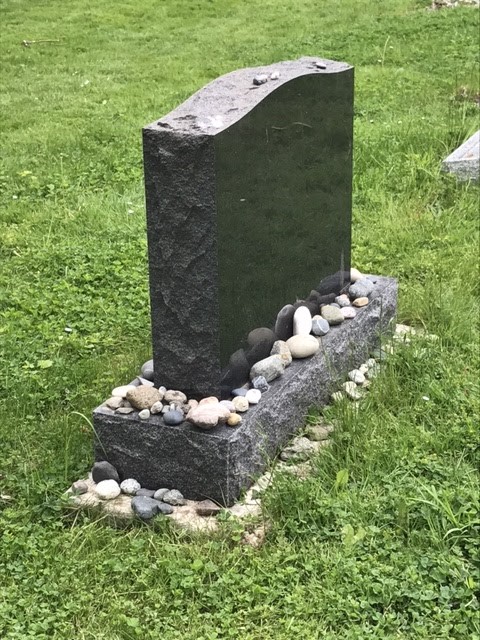
Stones On Jewish Monuments A Symbolic Praxis Guest Post By Morgan And Basil Anth367 Heritage And Historical Archaeology
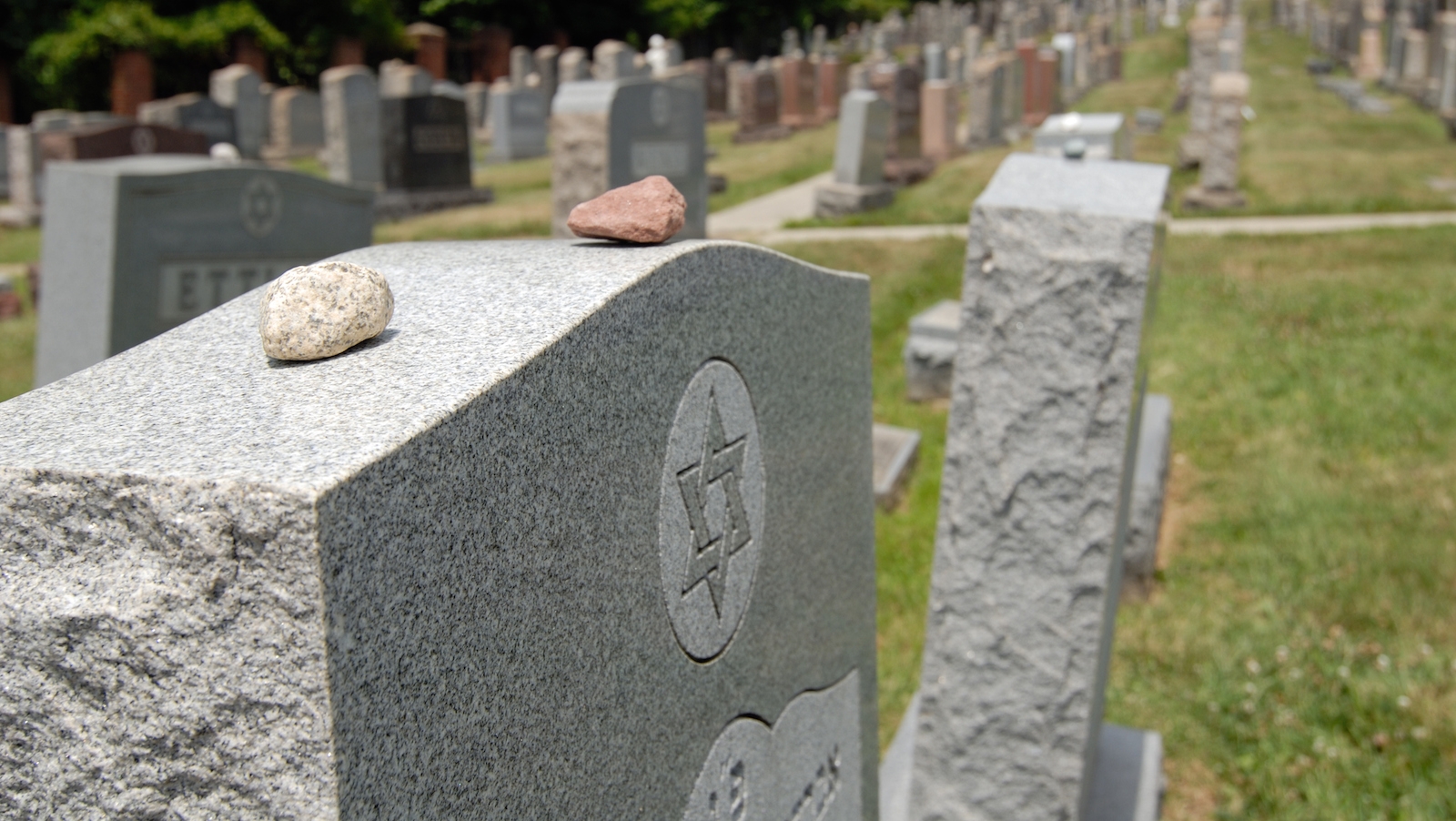
Why Do Jews Put Stones On Graves My Jewish Learning
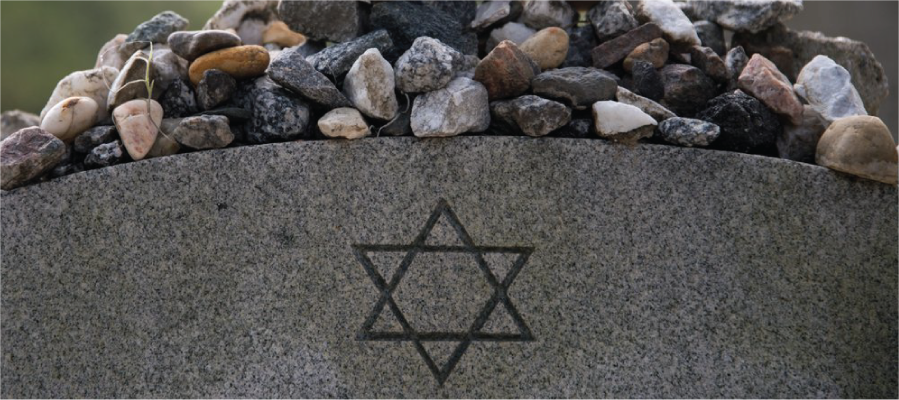
Customs And Traditions Of Mourning Jewish Cemeteries Of Greater Cincinnati

Monument Unveiling Jewish Cemetery Burial And Mourning Customs From Jcam
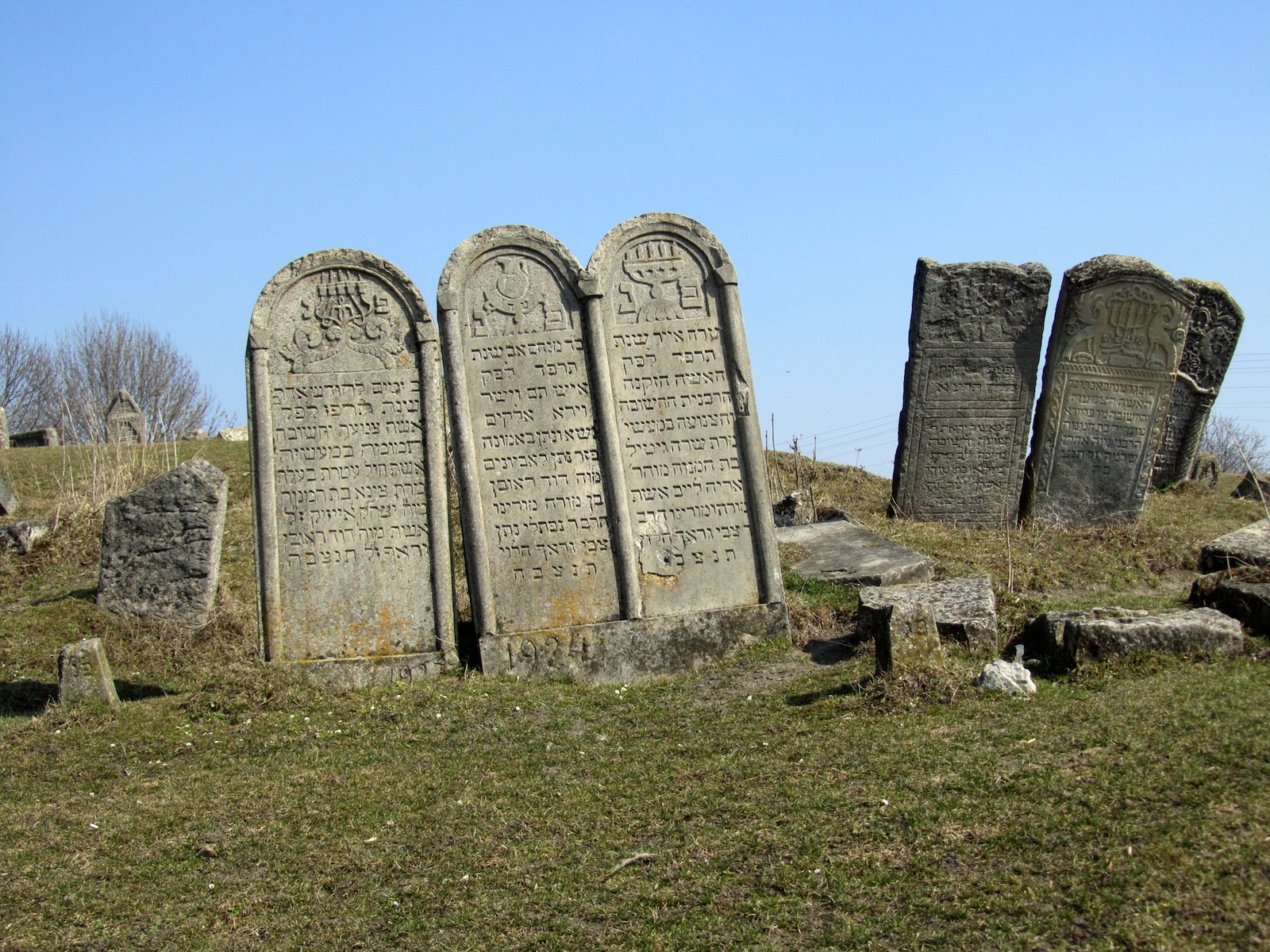
Jewish Traditions For Death Burial And Mourning Rohatyn Jewish Heritage

Leaving Stones When Visiting A Grave Jewish Cemetery Burial And Mourning Customs From Jcam

Jewish Mourning Customs Why Mourners Put Stones On Monuments Gutterman S Jewish Funeral Homes New York Fl

Cemetery Grave And Tombstone In Judaism Death Mourning
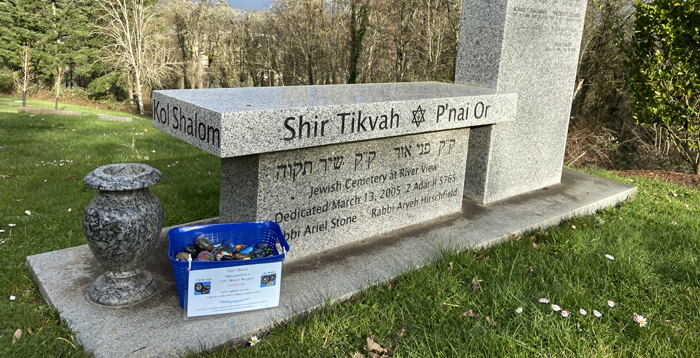
The Mystery Of The Libe Shteyn Oregon Jewish Life
Placing Pebbles On Gravestones A Jewish Tradition Explained Fsn Funeral Homes
Why Do Jews Place Stones On Graves Houston Jewish Headstones

Why Jews Put Stones On Graves My Jewish Learning
Visitation Stones Crescent Memorial Park

6 514 Jewish Grave Stock Photos Pictures Royalty Free Images Istock
Why Jews Leave A Small Stone When Visiting A Grave Reclaiming Judaism
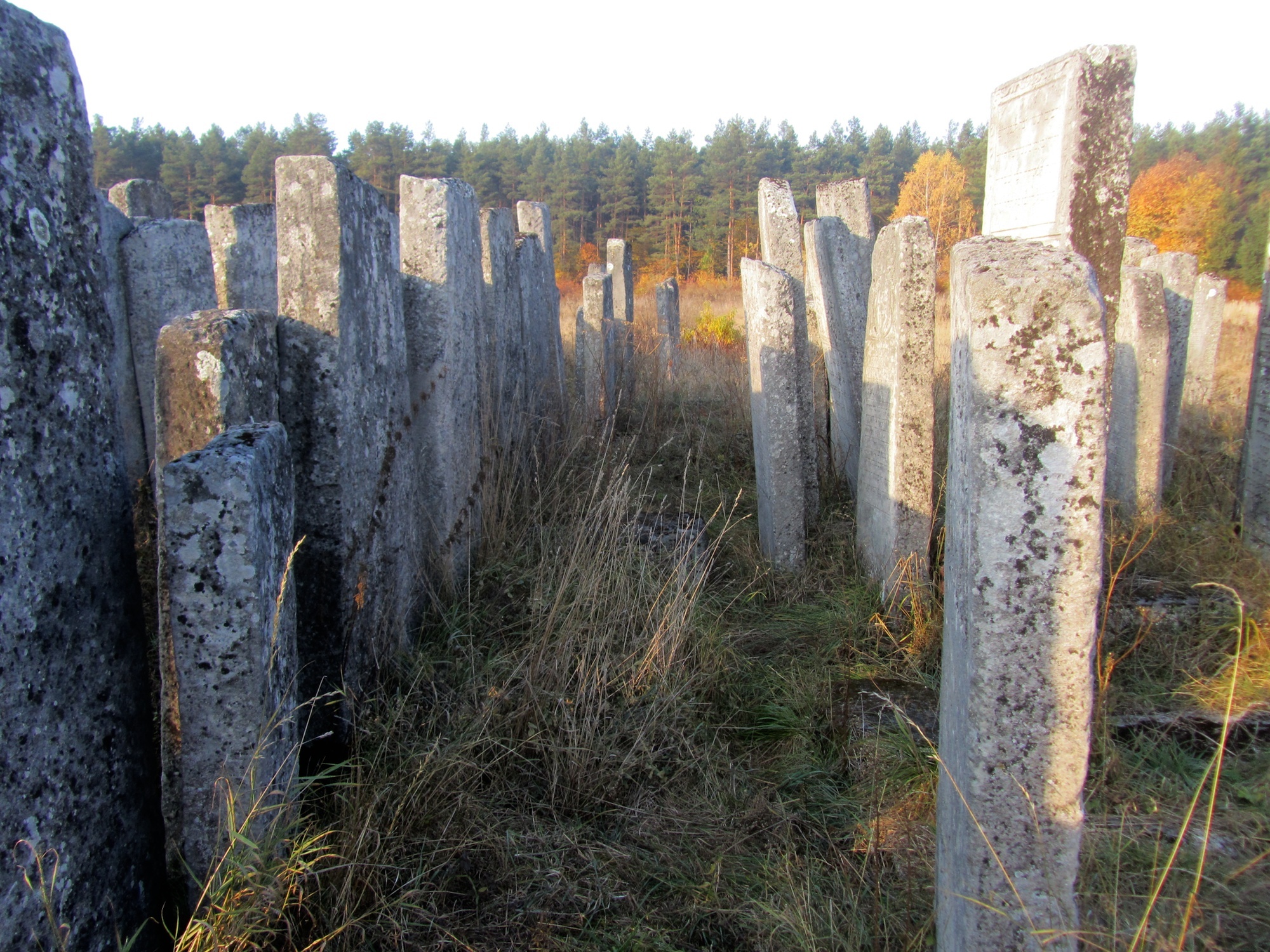
Jewish Traditions For Death Burial And Mourning Rohatyn Jewish Heritage

Grave Of Oskar Schindler Many Grave Stones According To The Jewish Cemetery Tradition Franciscan Cemetery On Mount Zion Stock Photo Alamy
